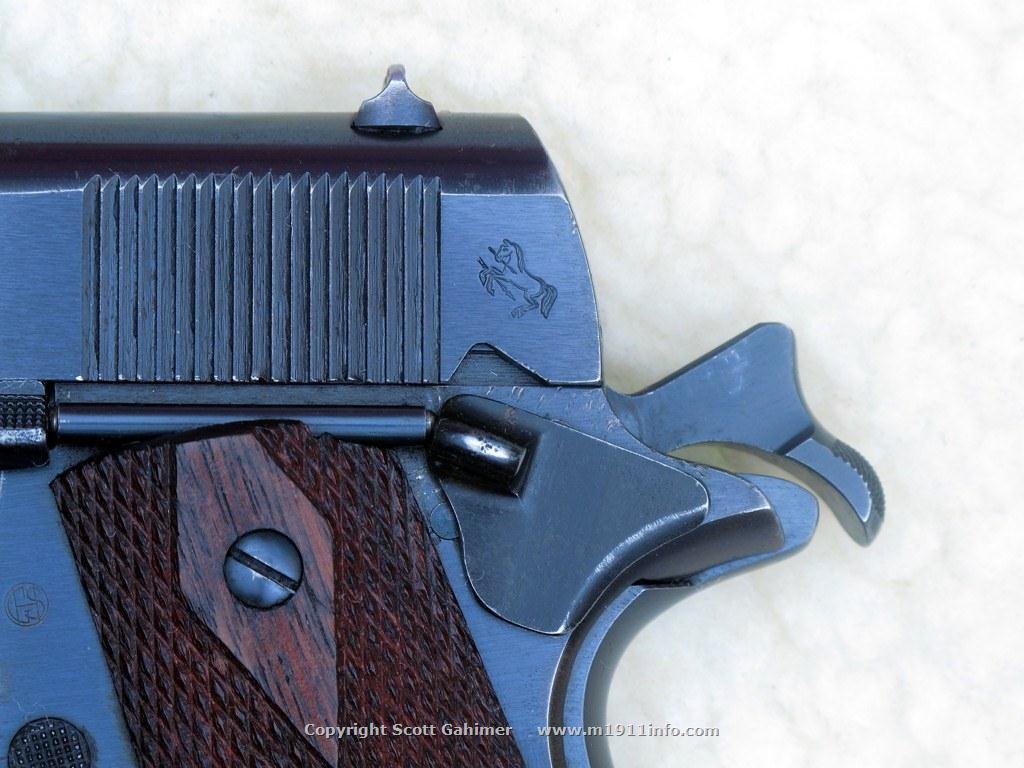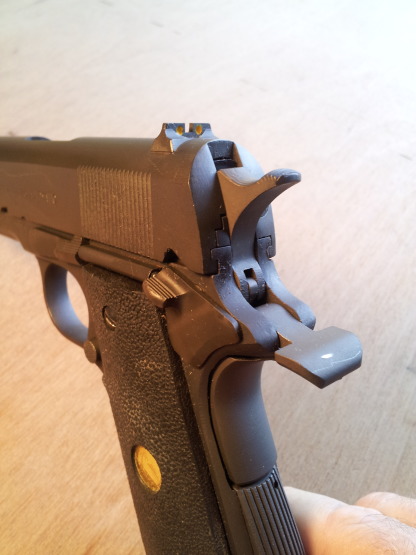
Many lever-action rifles have external hammers with half-cock notches. If this weren’t the case, and the hammer were left resting on the firing pin, this could cause a failure of the barrel to close due to the firing pin protruding from the breechface, or the possibility of an unintentional discharge from an unexpected blow to the hammer while resting against the firing pin.

Upon opening the shotgun to remove the fired shell, the hammer is cammed back slightly to engage a half-cock notch, which holds the hammer away from the firing pin until it is manually cocked and the trigger is pulled to fire another shot. The difference is one is manually operated, while the other is mechanically operated internally-without human intervention.Īn example of a mechanically operated variant could be demonstrated by how a hammer-fired single-barrel shotgun works: Once fired, the hammer is left resting against the firing pin. In some guns they are considered active safeties and passive in others. They are found on shotguns, rifles, revolvers and pistols from a variety of manufacturers. Half-cock notches are found on many firearms with exposed hammers.


I’d like your perspective as to whether my logic is sound. To my way of thinking, leaving the hammer in the half-cock notch when not shooting is an excellent way to ensure the gun won’t fire until I’m ready to fire it. In a recent discussion, the subject of half-cock notches came up as to whether or not they could or should be considered a safety mechanism.


 0 kommentar(er)
0 kommentar(er)
